A Flesh Coloured Mess (Reflections on a solo exhibition Part 4)
This post is in reaction to these other posts:
Part 1
Part 2
Part 3
When I started this series of posts, the initial idea was simply to provide the community with an overview of my art and to do a bit of promotion surrounding my practice. However, as the posts started piling up, I realised that I was actually seeking a way to reflect upon my experiences and to discern the things I learned from putting together my solo exhibition.
It should be noted that this wasn’t the first time I have put together a body of work for a solo. However, there were a few key differences between my first solo and this one. The main difference was that the first solo exhibition was largely self-driven through a crowd-funding platform whilst this one was the result of an invite from a gallery. In my mind this put the exhibition in a more serious “I-guess-I-am-a-real-artist-now” kind of space. And along with that space came a couple of lessons. I am going to intersperse this list of ramblings with a some photos of people at the exhibition. Hopefully it will serve to distract those who are not willing to read whilst still serving as a means of catharsis for those who have been following my posts up to now.
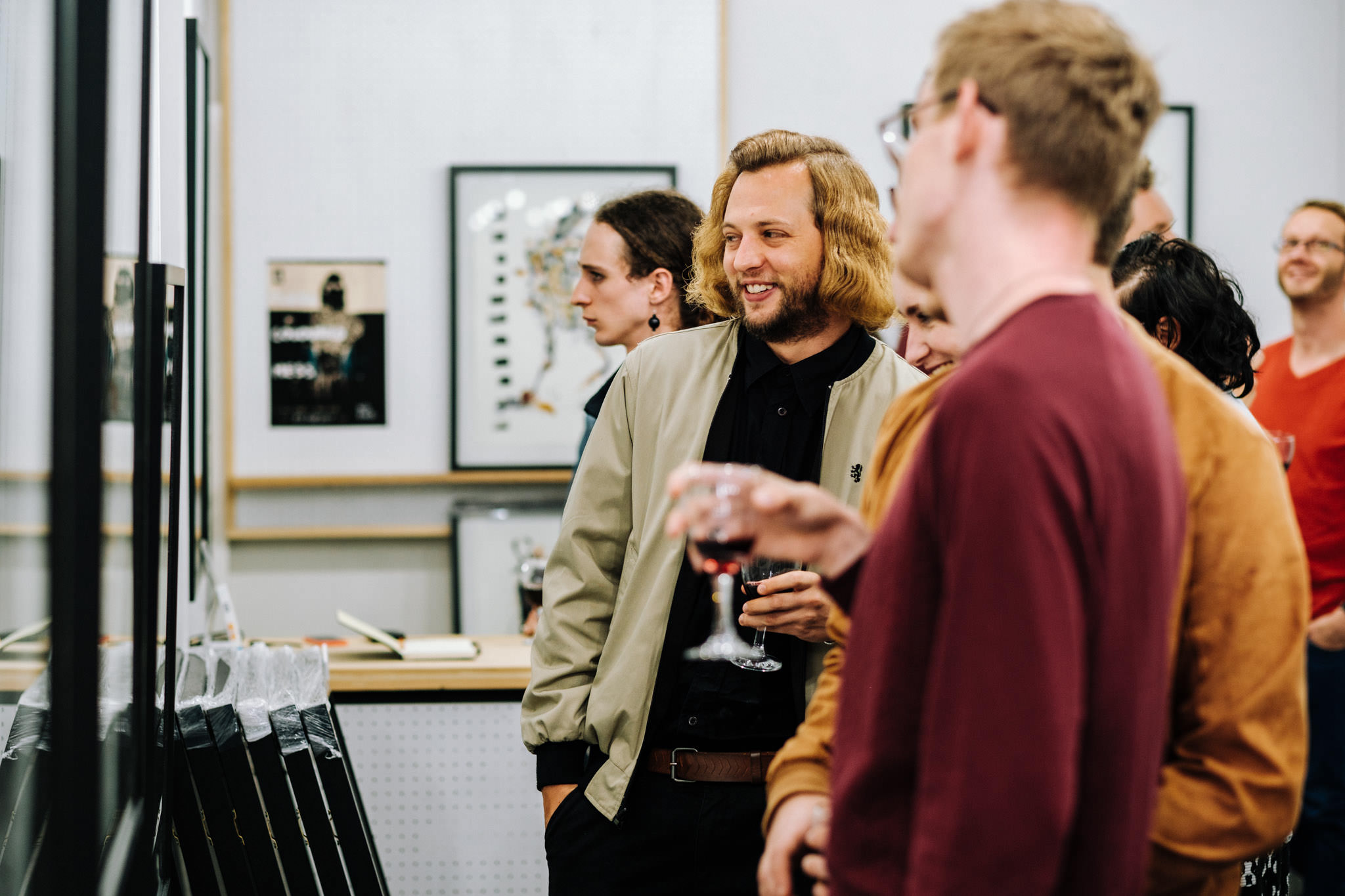
So here is what I learned from this experience:
1. Money should be a consideration but not the motivation
I am sure every artist is somewhat familiar with the romantic notion of artmaking. This idea propagates the notion of the “starving artist” and the pursuit of art as a somewhat noble or even divine cause. People who subscribe to this notion seem to believe art should be pursued despite the cost because real artists don’t care about money, they just care about making their art. This is obviously a gross generalisation but there is also a grain of truth here. I personally think that if you are planning on being an artist you need to be motivated to make art for the journey itself, and not necessarily for the financial gain or audience admiration it may lead to. But that being said, you have to be willing to be realistic about costs. I threw myself into this exhibition without once really taking the time to consider the capital input, material or framing costs. I told myself that it shouldn’t matter what the cost is because I AM AN ARTIST. As a result of this, the final costs ended up being quite hefty and I found myself in a space where if the exhibition did not sell well, I would have a sizeable amount of debt to pay off. Luckily, it didn’t come to that - but it may very well have gone the other way. Before I ramble on too much, here is what I am trying to say: don’t let the romanticism of being an artist get in the way of rational thinking about the craft (especially from a financial point of view). This was a serious blindspot in my approach and one that could have cost me dearly. The next exhibition I work on will definitely have some more monetary consideration and (if I am lucky) even a little bit of profit.
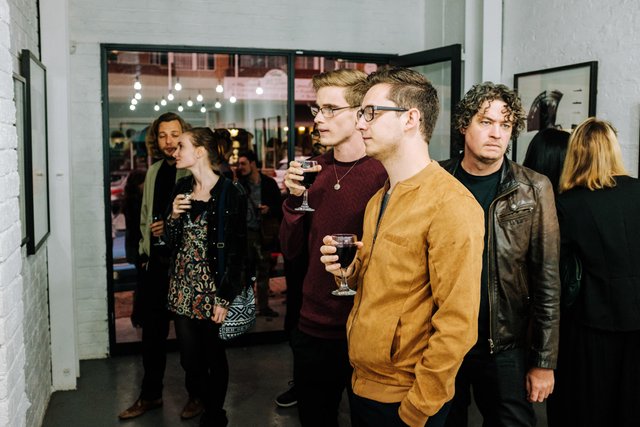
2. Bigger isn’t necessarily better
I wanted to make a statement with this exhibition. And despite the already somewhat confrontational subject matter of my art, I thought the best way to do this was to make work that is REALLY BIG. And so I did. I produced a ton of pieces that were quite large, roughly about 1 x 0.65 meters each. Even my smaller pieces were pretty big. Look, we aren’t talking about installations that take up a whole room here but each piece would have made a fairly decent coffee table. Anyway, what I didn’t take into account (and this kind of ties in with the first point I made) is that some people just don’t have the space, the money or the need for big pieces. There is a portion of the audience that might just have wanted smaller pieces. Looking back on the show, I feel like I could have saved myself some money and maybe even got a few more pieces out in the world if I just considered the size of my artworks a little more carefully. I still like working at a larger scale (and I do think me themes are enhanced by their size) but I am trying to hit different size targets nowadays. I will try and be little less obnoxious with wall-space in future!
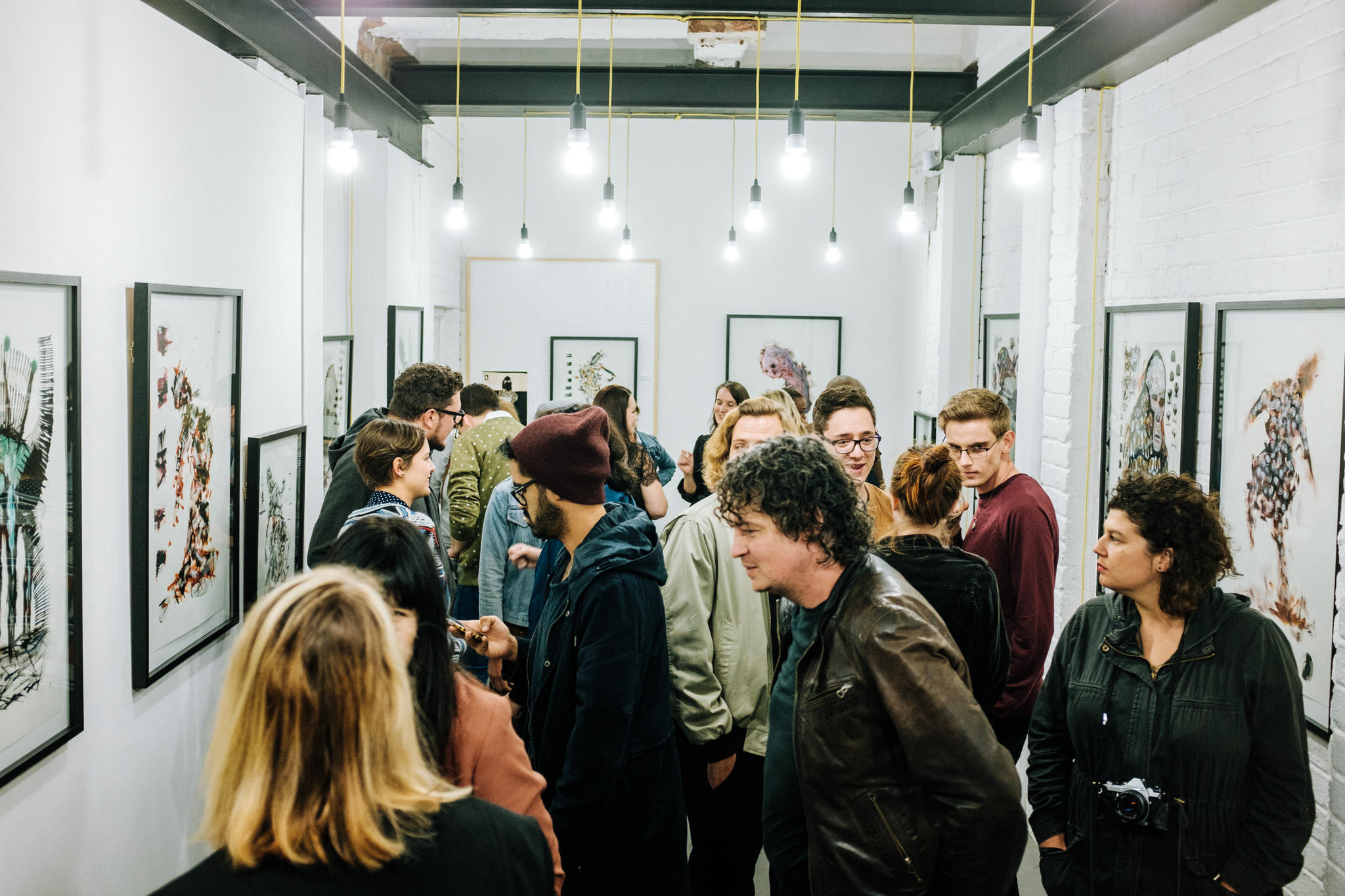
3. I got to know what I am about.
If you ask many artists “What is your art about?” you can watch the light fade from their eyes and the blankness of a million canvases fill it. This is because many artists don’t take the time to articulate what the themes of their work are - whether it is to themselves or to others. When you are making art at home and you are exploring it for fun, there isn’t much of an issue with that. I was in that category for a long time. But as soon as your work is about to hit the public eye you better believe this changes fast! Not only that, but trying to make sense of a large body of work and thinking about how it all ties together certainly makes you think long and hard about what it is you are actually exploring. Inevitably, someone will ask you to explain the elements surrounding your art or why you chose to do this or that and then you better be ready to tell them. I think that art patrons want to know that even if they don’t quite grasp something, they can be secure in the fact that the person that made it does (this is a joke). My point is that this exhibition made me take a long hard look at what it is I am exploring. It forced me to align my artistic sensibility with my philosophical / ideological approach and to find the words to articulate it. I actually have a lot more to say about this and I certainly have a lot more to learn about what my artistic practice is exploring and how I can articulate it even more clearly. But this experience went a long way in helping me to get closer to that articulation than ever before!
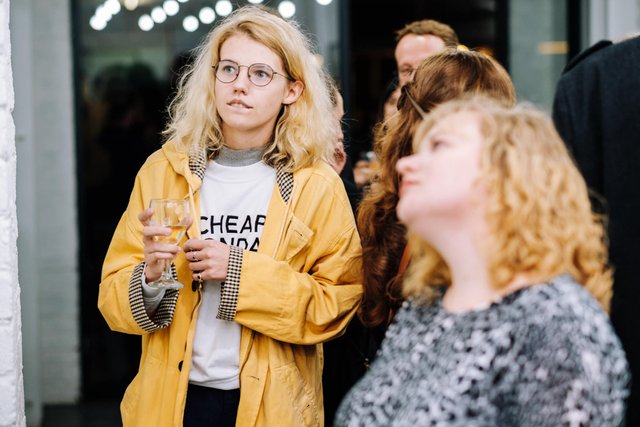
4. Titles matter
I think the most underrated aspect of artmaking is generating and assigning titles to pieces. Personally, I find it quite off-putting when an artist takes all the time in order to make a piece and then shrug it off to a gallery under the guise of “Untitled II” or, even worse, some generic one word title like “Hope” or a terribly vague but equally pretentious statement like “Three-Way Extracts from Torqued Morphism”. This exhibition proved to me that the the time and effort one invests in titles and art descriptions is well worth it. Not only did many patrons spend time looking at the art itself, but I often found them bent over reading the title cards intently. There were giggles and gasps. People pointed and nodded as they read. Many people were even persuaded to buy pieces based on the titles of the pieces if the image wasn’t enough to persuade them. This taught me (again) that people appreciate the thinking behind art and that I can make that thinking clear through my titles. Since then, I have made concerted efforts to view titles and descriptions as an important and defining characteristic of my art and I think many other artists could stand to do the same.
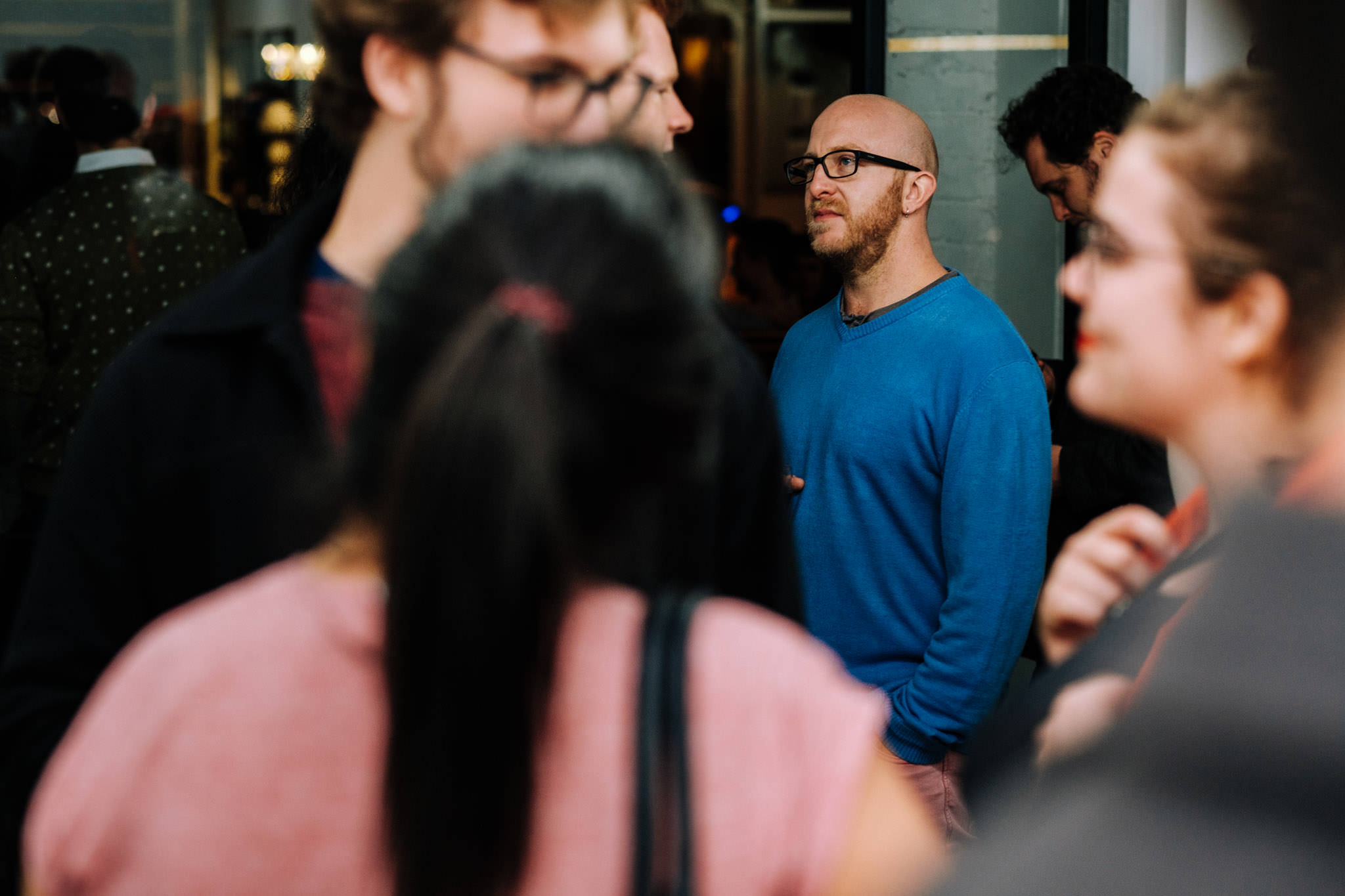
5. Professionalism is still rare
I am quite a stickler for time and professionalism. You can ask any of my students, friends or colleagues. I believe in the value of delivering things on time. And that also happens to apply to my artmaking practice. To me, it seems logical and fairly standard practice. However, it struck me that the gallery owners and curators felt compelled to mention how genuinely delighted they were at the fact that I managed to deliver my body of work on time. What seemed to me a simple matter of common courtesy and logic was viewed as a major praiseworthy achievement by the gallery. After this, I realised that professionalism might actually be a rare trait amongst artists and that I could easily differentiate myself by simply applying a good work ethic. As a result of this galleries are less hesitant to work with me and opportunities to exhibit have increased. If you are an artist or creative who uses your creativity as an excuse to not deliver your work on time, I highly suggest you revise that approach. It has become one of the easiest ways to set myself apart from the pack.
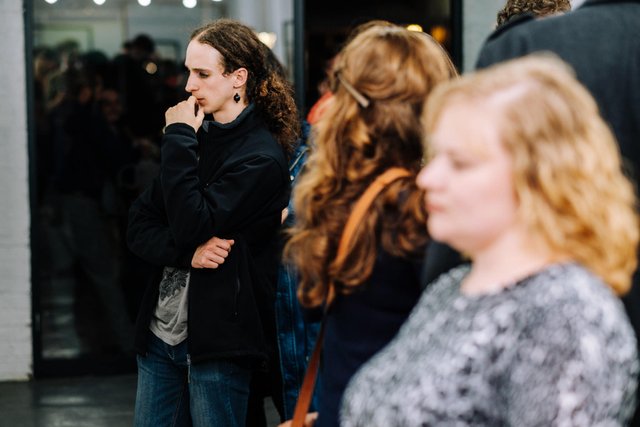
6. Buy more wine
Exhibitions always run out of wine way too early. Buy some extra bottles and keep the audience happy. It also makes them buy more stuff.
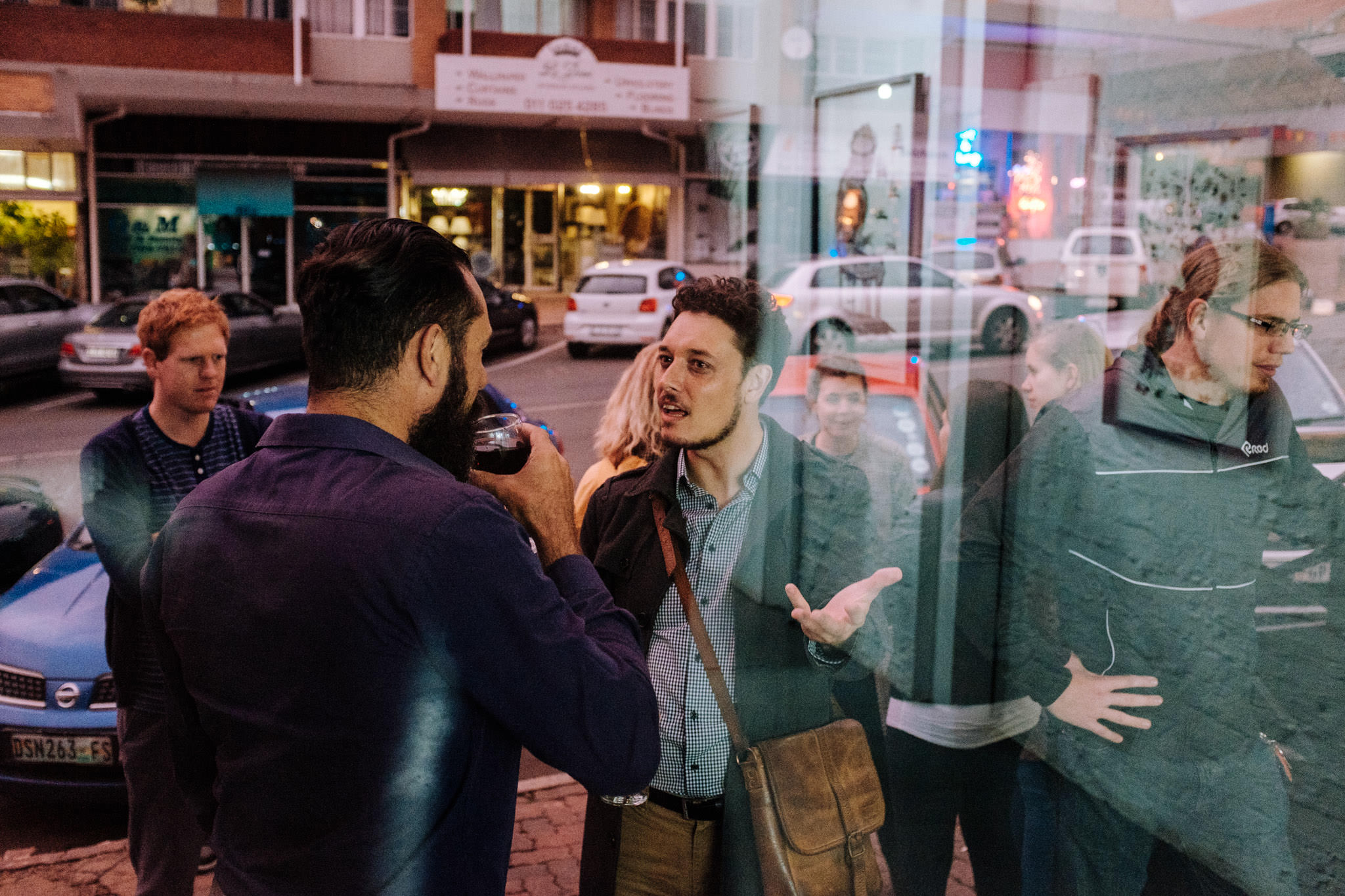
I am sure I learnt more than what I have articulated here but this is all that came to mind when I was writing this post. I would love to hear your opinions and questions if you have any! Thanks for reading!
Photo Credit: All photos were taken by Bernard Brand.
🙌 BUY MORE WINE 🙌
Ain't that the truth!
Congratulations @velvetventer! You have completed some achievement on Steemit and have been rewarded with new badge(s) :
Click on any badge to view your own Board of Honnor on SteemitBoard.
For more information about SteemitBoard, click here
If you no longer want to receive notifications, reply to this comment with the word
STOPBy upvoting this notification, you can help all Steemit users. Learn how here!